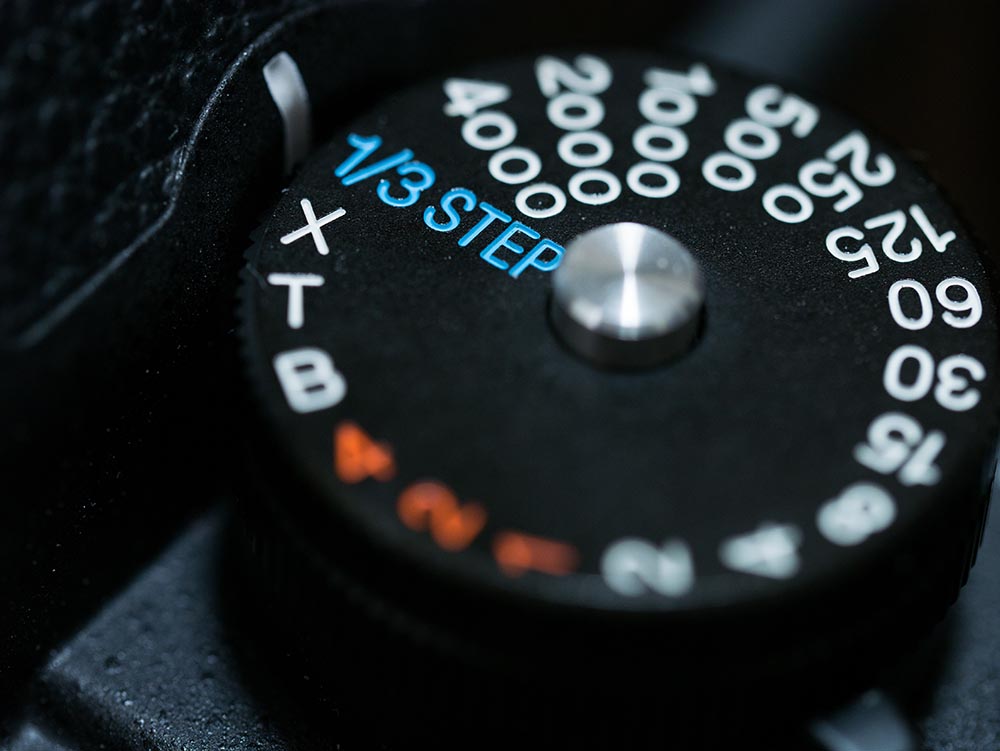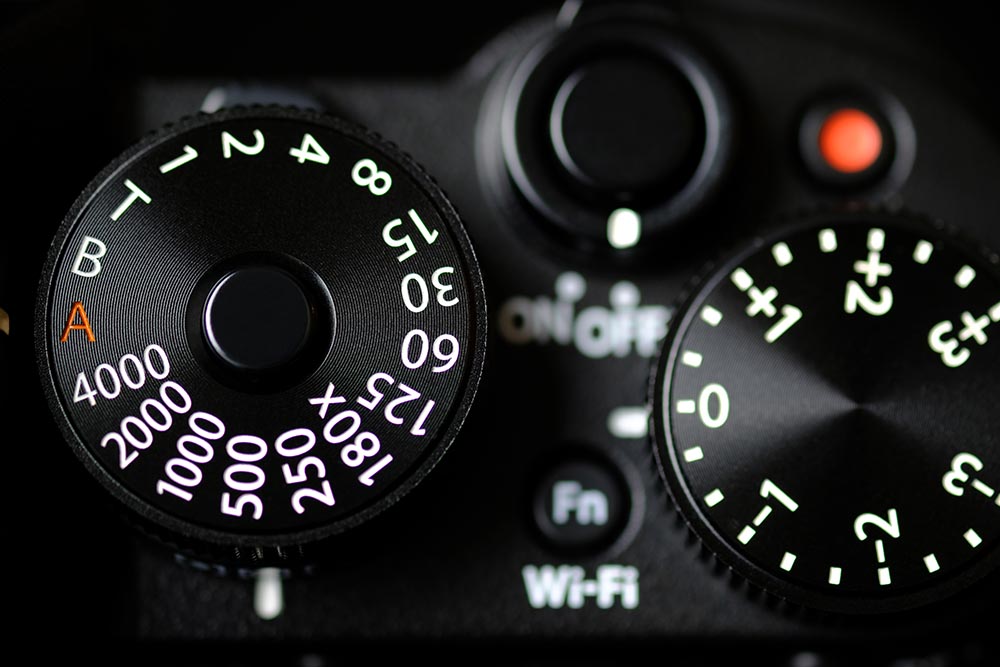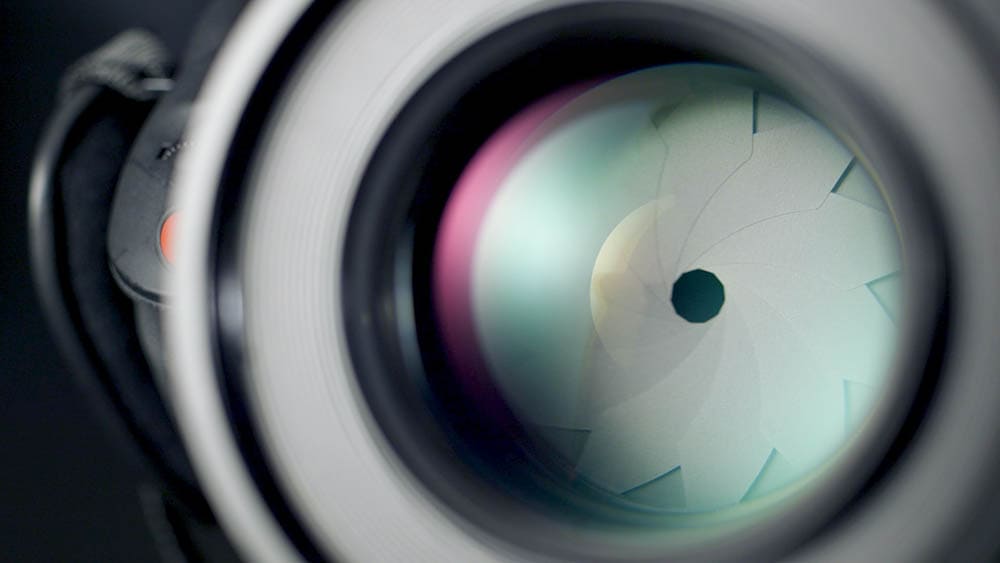What Is Flash Sync Speed? Photography Basics Explained
Last Updated on

Photography is one of the best art forms to get into because you can get started immediately with any camera — most of us have one built into our smartphones! However, there is also much to learn if you want to take professional-grade photographs. Flash-sync speed is one feature that isn’t talked about much, but it is important to learn to improve your skill, so keep reading as we explain exactly what it is and how you can use it so you can start taking better pictures.

What Is Flash Sync Speed?
Flash sync speed indicates the fastest shutter speed that you can use along with your flash. If the flash and shutter speed are not in sync, your image won’t get the proper illumination. You might even have a dark line across the photo. Most cameras have a max flash sync speed of 1/200 seconds up to 1/350 seconds.

Why Does Flash Sync Speed Matter?
Your flash sync speed matters because you need fast shutter times to catch fast-moving objects. A camera with a slow flash sync speed will not be able to take pictures of quick-moving objects.
How Does the Flash Sync Speed Work?
Most modern DSLR cameras use a focal plane shutter that uses two horizontal shutters when you take a picture, similar to curtains that control incoming light. The top shutter moves first and allows the light in before the bottom one moves to block it out. Your current shutter speed will determine how fast these two shutters move. Very fast speeds can cause the bottom shutter to begin closing before the top one finishes, so the lens is never completely open. When the flash goes off, it can only illuminate the open part of the lens. The rest will remain dark. The flash sync speed is the fastest shutter speed that you can choose before this problem occurs.
High-Speed Sync
If your camera has high-speed sync (HSS), you have a way to use a fast shutter speed with your flash. The HSS uses a special system that moves both shutters simultaneously while maintaining a small space between them. This design helps the camera shutters work more like a copy machine, and the light gets even distribution across the image. The downside of this method is that it requires your camera to fire the flash several times at high speed, which can drain your battery.

Other Tips
- Using more natural light can reduce your need for a flash, so you can take pictures with fast-moving subjects.
- Using more artificial light can also reduce your need for a flash.
- ISO controls how sensitive the camera’s sensor is to light. Higher numbers produce brighter pictures and might reduce your need for a flash so you can capture fast-moving subjects. The downside is that high numbers can also create a grainy image.
- Choosing a larger aperture will also help you create a brighter image. Large apertures reduce your depth of field, enabling you to take clear pictures of close objects while blurring out the background. The farther away your target is, the smaller the aperture will need to be.

Summary
Flash sync speed is the fastest shutter speed that you can set while using a flash, usually 1/200–1/250, but in some cameras, it can go as high as 1/350 of a second. Attempting to set your shutter speed any faster than this will likely leave parts of your image without light. Increasing the ambient lighting can reduce your need for a flash, as can increasing the ISO and aperture size, enabling you to set higher shutter speeds. You can also look for a camera equipped with high-speed sync to get the fastest shutter speeds while using a flash.
Featured Image Credit: fewdavid, Shutterstock
About the Author Ed Malaker
Ed Malaker is a veteran writer who contributes to a wide range of blogs covering information on computer programming, pets, birding, tools, fitness, guitars, and optics. Outside of writing, Ed is often found working in the garden or performing DIY projects in the house. Ed is also a musician, spending his time composing music for independent films or helping people repair their guitars.
Related Articles:
What Is the Best Binocular Magnification for Hunting? Optical Features Explained
How to Clean a Refractor Telescope: Step-by-Step Guide
How to Clean a Telescope Eyepiece: Step-by-Step Guide
How to Clean a Rifle Scope: 8 Expert Tips
Monocular vs Telescope: Differences Explained (With Pictures)
What Is a Monocular Used For? 8 Common Functions
How to Clean a Telescope Mirror: 8 Expert Tips
Brightfield vs Phase Contrast Microscopy: The Differences Explained
